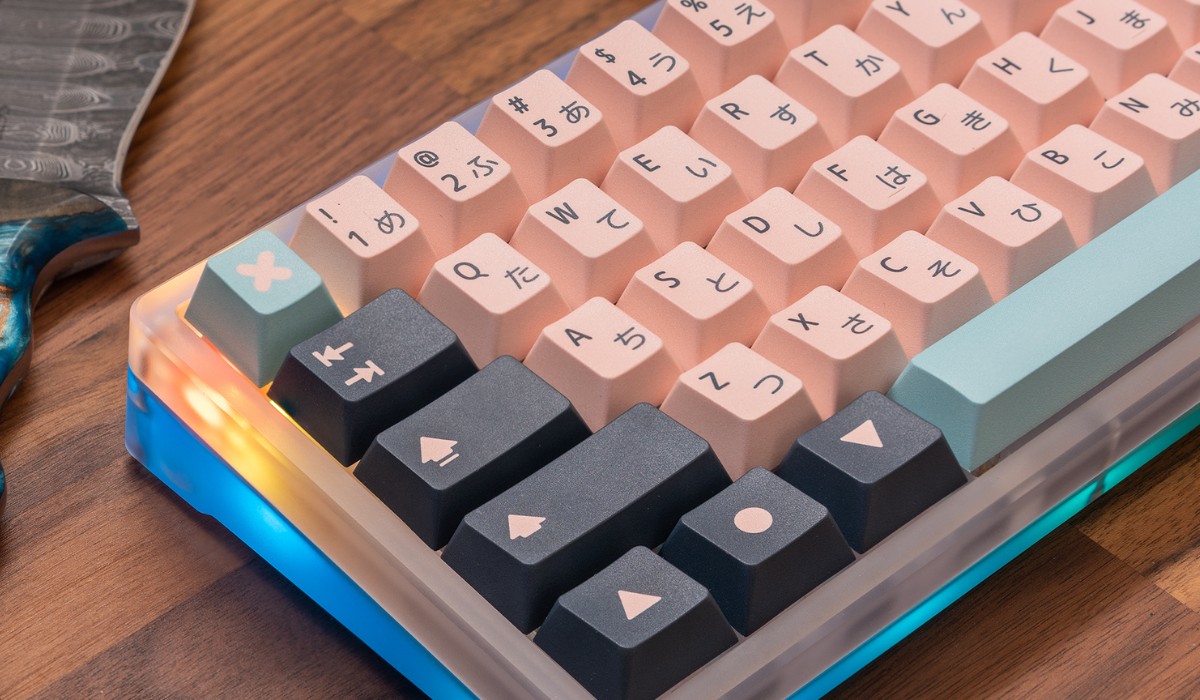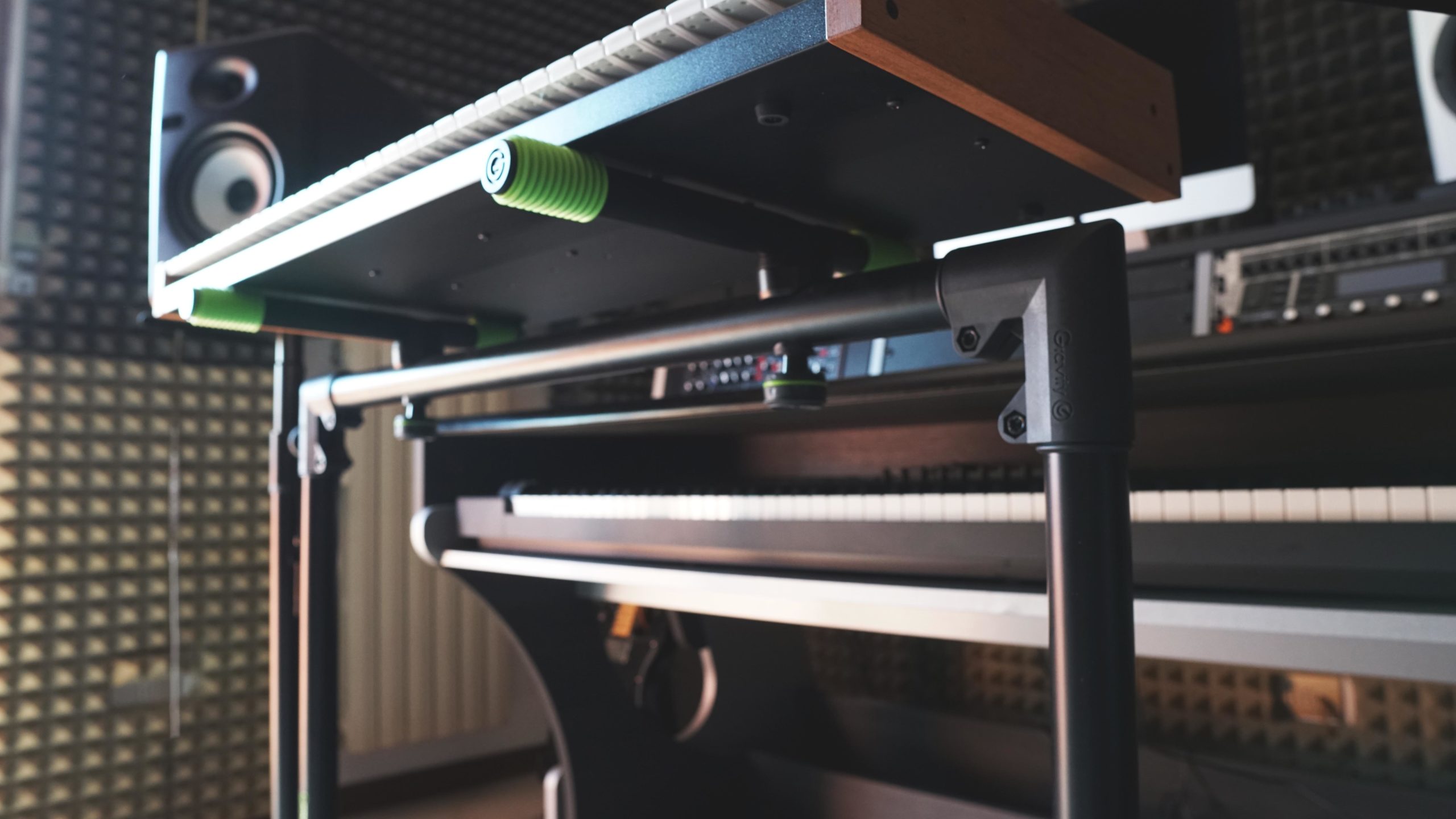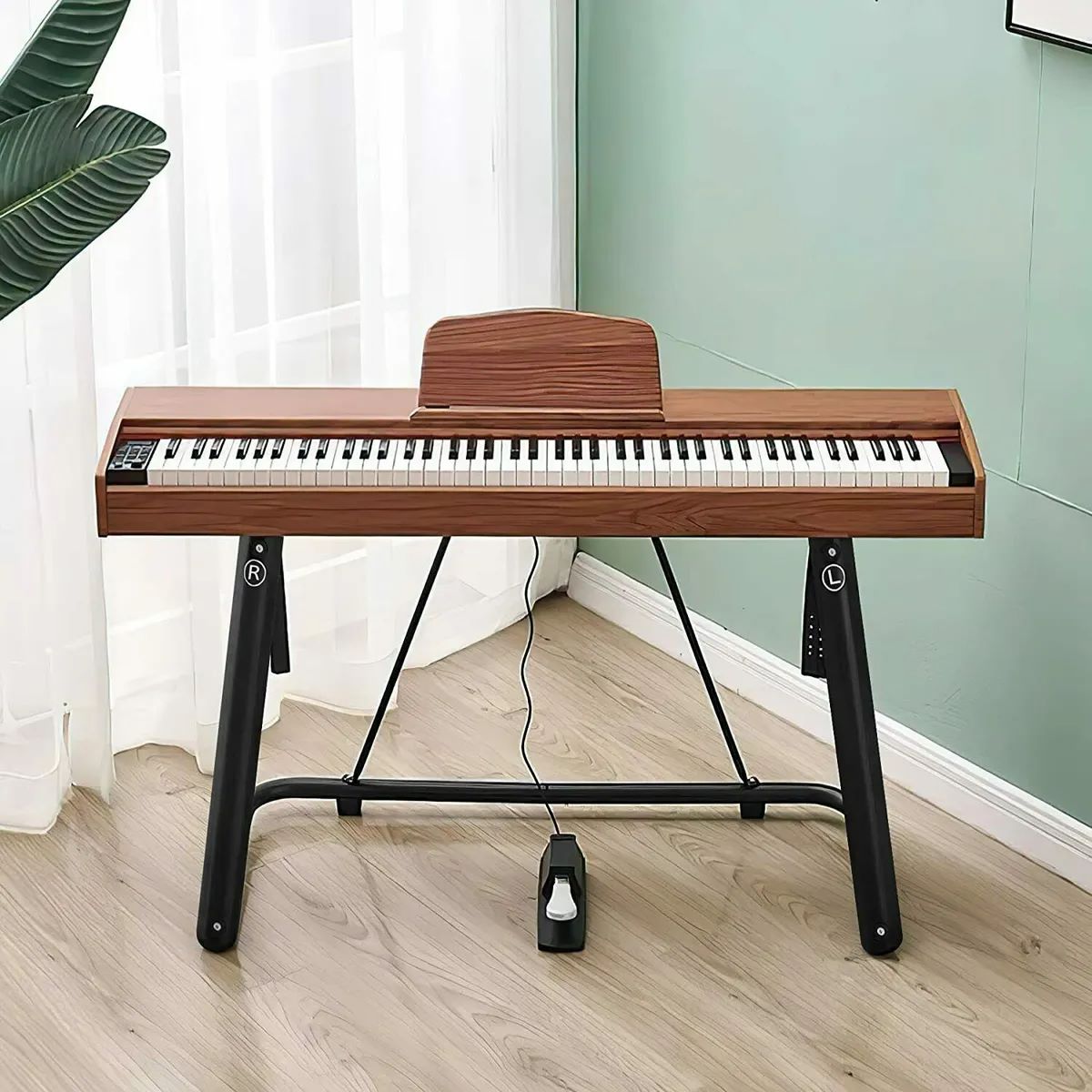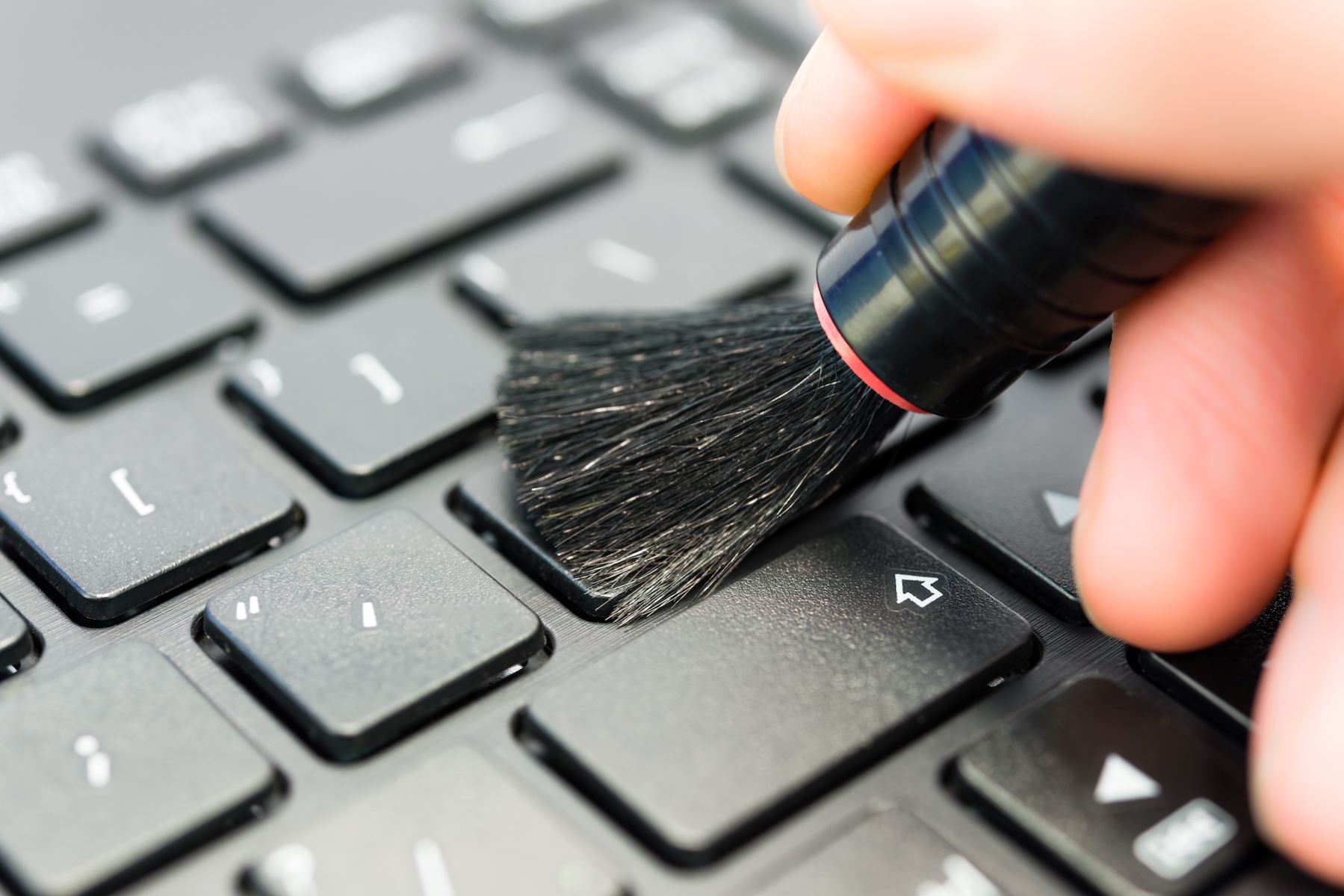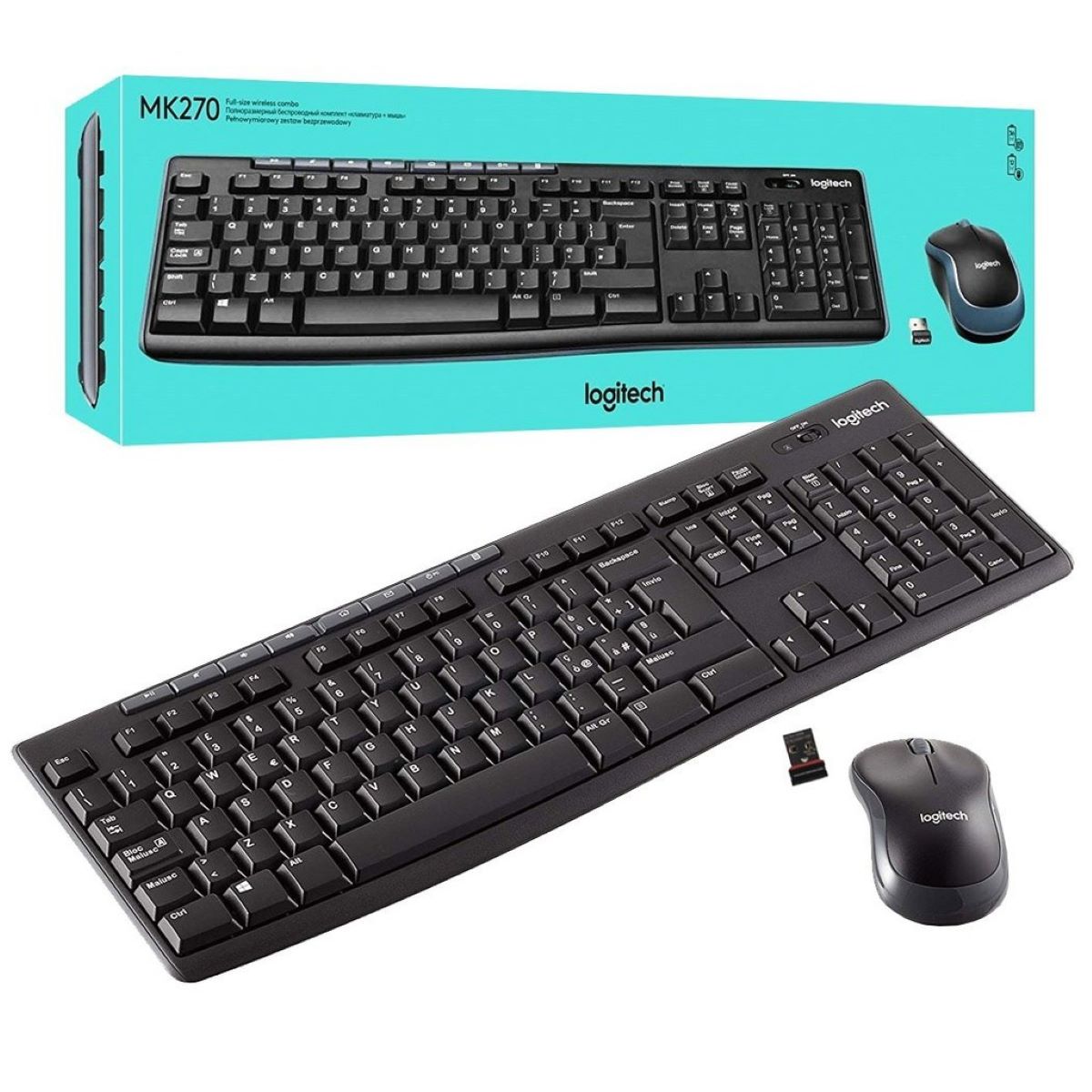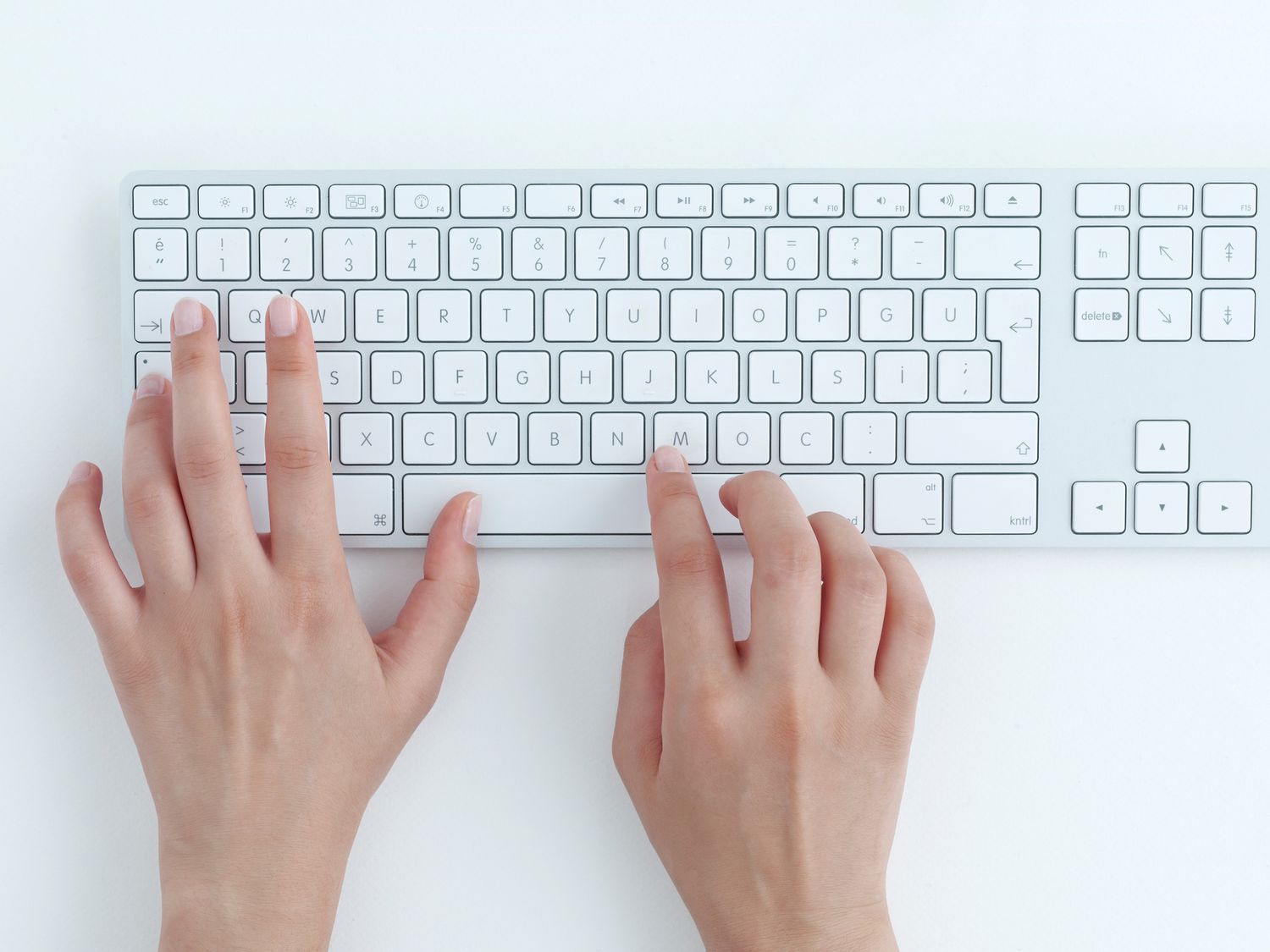Introduction
When it comes to customizing a mechanical keyboard, one of the most impactful and visually striking modifications is the replacement of key caps. Whether you're seeking to enhance the aesthetics, improve the tactile feel, or simply replace worn-out key caps, understanding the various options available is crucial in making the right choice. From key cap sizes to material options, profiles, and designs, each aspect contributes to the overall look and feel of your keyboard. In this guide, we'll delve into the key considerations for ordering key caps for your mechanical keyboard, empowering you to make informed decisions that align with your preferences and typing style.
As you embark on this journey of personalizing your keyboard, it's essential to grasp the significance of each element and how it influences the overall typing experience. By gaining insight into key cap sizes, material options, profiles, and designs, you'll be well-equipped to navigate the myriad choices and select key caps that not only complement your keyboard but also elevate your typing pleasure. Let's explore the world of key cap customization, unraveling the nuances of each option to help you make the best selection for your mechanical keyboard.
Understanding Key Cap Sizes
Key cap sizes play a pivotal role in ensuring compatibility and uniformity across the layout of a mechanical keyboard. It’s crucial to identify the correct key cap sizes to guarantee a seamless fit and consistent appearance. The standard layout for mechanical keyboards, known as the ANSI layout, encompasses key cap sizes that adhere to a specific set of measurements. These measurements are denoted by a series of standardized key cap sizes, including 1u, 1.25u, 1.5u, 1.75u, 2u, and so forth, where “u” represents the unit measurement.
When selecting key caps, it’s essential to ascertain the layout of your keyboard, as different layouts may feature varying key cap sizes for specific keys such as the space bar, shift keys, and modifiers. Additionally, some mechanical keyboards, particularly those with non-standard layouts, may deviate from the ANSI standard, requiring unique or specialized key cap sizes to accommodate their design.
Moreover, understanding the concept of key cap profiles is integral to choosing the appropriate key cap sizes. Key cap profiles, such as OEM, Cherry, DSA, and SA, influence the overall height and shape of the key caps. Each profile may necessitate specific key cap sizes to maintain a uniform and ergonomic typing experience.
By familiarizing yourself with key cap sizes and their implications for keyboard compatibility, you can confidently select key caps that align with your keyboard’s layout and profile, ensuring a harmonious and visually appealing aesthetic.
Key Cap Material Options
Key caps are available in a diverse array of materials, each offering unique characteristics that influence the typing experience and aesthetic appeal of a mechanical keyboard. Common key cap materials include ABS (Acrylonitrile Butadiene Styrene), PBT (Polybutylene Terephthalate), POM (Polyoxymethylene), and even premium materials like PBT with doubleshot legends or dye-sublimated key caps.
ABS key caps are renowned for their smooth texture and ability to retain vibrant colors, making them a popular choice for custom key cap sets. However, they are more prone to wear and shine over time compared to PBT key caps. Conversely, PBT key caps are highly regarded for their durability, resistance to shine, and a subtly textured surface that provides a pleasant tactile feel during typing. POM key caps, known for their exceptional smoothness and resistance to wear, offer a unique typing experience that appeals to enthusiasts seeking a distinct feel.
Furthermore, premium key cap materials such as PBT with doubleshot legends or dye-sublimated key caps elevate the customization options by incorporating vibrant and long-lasting legends that are resistant to fading and wear. These premium materials are favored for their ability to withstand prolonged use while maintaining the integrity of the key cap legends, ensuring enduring visual appeal.
Understanding the characteristics of each key cap material empowers keyboard enthusiasts to make informed decisions based on their preferences for durability, texture, and visual aesthetics. Whether prioritizing vibrant colors, durability, or a unique tactile feel, the choice of key cap material significantly contributes to the overall typing experience and visual allure of a customized mechanical keyboard.
Key Cap Profile Options
Key cap profiles play a pivotal role in defining the ergonomic and aesthetic attributes of a mechanical keyboard. The profile refers to the overall shape and height of the key caps, influencing the typing experience and visual appeal. Common key cap profiles include OEM, Cherry, DSA, SA, and XDA, each offering distinct characteristics that cater to diverse typing preferences.
The OEM profile, characterized by a slightly curved top and medium height, is widely adopted in mainstream mechanical keyboards. It provides a comfortable typing experience and is favored for its compatibility with various key cap sets. Conversely, the Cherry profile features a lower overall height and a slight curvature, catering to users who prefer a lower-profile and more angular design.
DSA (Dye Sublimated Amoeba) key caps, known for their uniform height and flat top surface, offer a sleek and modern aesthetic while providing a consistent typing experience. The SA profile, with its tall and sculpted design, harks back to the vintage typewriter key caps, delivering a nostalgic and satisfying typing feel. On the other hand, the XDA profile boasts a uniform, flat, and low-profile design, appealing to users seeking a minimalist and contemporary look.
Understanding the nuances of key cap profiles empowers keyboard enthusiasts to tailor their typing experience and aesthetic preferences. Whether prioritizing a comfortable curvature, a vintage appeal, or a sleek modern design, the choice of key cap profile significantly contributes to the overall look and feel of a customized mechanical keyboard.
Key Cap Design and Color Options
Key cap design and color options play a pivotal role in personalizing the visual aesthetic of a mechanical keyboard. Whether aiming for a vibrant and playful appearance or a minimalist and sophisticated design, the myriad design and color choices cater to diverse preferences, allowing enthusiasts to curate a keyboard that reflects their individual style.
Custom key cap sets often feature a wide range of designs, from classic legends and symbols to novelty designs, intricate patterns, and artistic illustrations. These designs enable users to infuse personality and creativity into their keyboards, transforming them into unique and expressive extensions of their interests and tastes.
Moreover, the color palette of key caps encompasses a rich spectrum, offering endless possibilities for customization. Vibrant and bold color options allow users to create eye-catching and dynamic keyboard designs, while muted and understated hues cater to a more minimalist and refined aesthetic. Additionally, dual-tone and gradient color schemes provide a striking visual impact, further expanding the creative potential for keyboard customization.
Key cap sets are also available in themed designs, catering to specific interests such as gaming, retro themes, nature, and more. These themed key cap sets often feature intricate and thematic designs that resonate with enthusiasts, allowing them to showcase their passions and interests through their keyboards.
By exploring the diverse design and color options, keyboard enthusiasts can curate a customized keyboard that aligns with their individual style, preferences, and interests. Whether seeking a vibrant and expressive design or a sleek and minimalist look, the array of key cap design and color options empowers users to create a keyboard that is uniquely their own.
Conclusion
Embarking on the journey of customizing a mechanical keyboard through key cap replacements unveils a world of possibilities for personalization and enhancement. By delving into the nuances of key cap sizes, material options, profiles, designs, and color choices, enthusiasts can elevate their typing experience while expressing their individuality through their keyboards.
Understanding key cap sizes is essential to ensure compatibility and uniformity across the keyboard layout, enabling users to make informed decisions that guarantee a seamless fit and consistent appearance. Additionally, familiarizing oneself with key cap materials empowers enthusiasts to prioritize characteristics such as durability, texture, and visual aesthetics, aligning with their preferences and usage requirements.
Key cap profiles play a pivotal role in defining the ergonomic attributes and visual appeal of a mechanical keyboard, offering diverse options to cater to various typing preferences and aesthetic tastes. By selecting key cap designs and colors that resonate with their individual style and interests, users can infuse personality and creativity into their keyboards, transforming them into unique and expressive extensions of self-expression.
Ultimately, the customization of key caps for mechanical keyboards is a deeply personal and rewarding endeavor, allowing enthusiasts to craft a keyboard that not only reflects their preferences and typing style but also serves as a canvas for self-expression and creativity. The wealth of options available in key cap customization ensures that every keystroke becomes a tactile and visual delight, tailored to the unique preferences and personality of the user.







